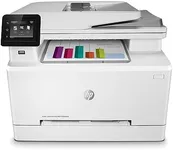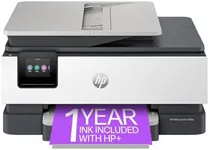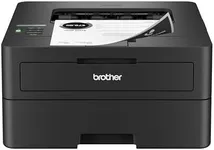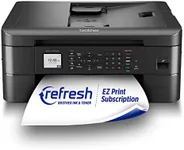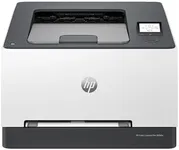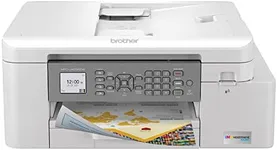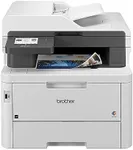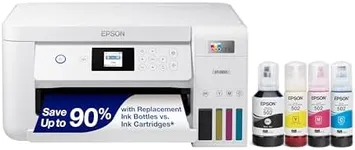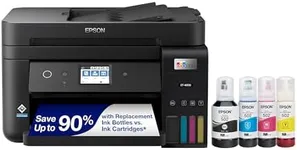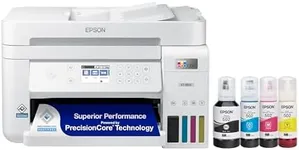Buying Guide for the Best Duplex Printer
Choosing the right duplex printer can make a significant difference in your printing tasks, whether for home or office use. Duplex printers are designed to print on both sides of the paper automatically, which can save time, reduce paper usage, and lower printing costs. To find the best duplex printer for your needs, it's important to understand the key specifications and how they align with your specific requirements.Print SpeedPrint speed is measured in pages per minute (PPM) and indicates how quickly a printer can produce printed pages. This spec is important because it affects how long you will wait for your documents to be printed. For home use or small offices, a print speed of 20-30 PPM is usually sufficient. For larger offices or high-volume printing needs, look for printers with speeds of 40 PPM or higher. Consider your typical printing volume and how often you need to print large documents to determine the right print speed for you.
Print QualityPrint quality is measured in dots per inch (DPI) and determines the clarity and detail of the printed output. Higher DPI values result in sharper and more detailed prints. For general document printing, a DPI of 600x600 is usually adequate. If you need to print high-quality images or graphics, look for printers with a DPI of 1200x1200 or higher. Assess the type of documents you print most frequently to choose the appropriate print quality.
Paper HandlingPaper handling refers to the printer's ability to manage different paper sizes and types, as well as its paper tray capacity. This spec is important because it affects the printer's versatility and how often you need to refill the paper tray. For basic home use, a printer with a 100-150 sheet capacity is typically sufficient. For office use, especially if you print large volumes, look for printers with a capacity of 250 sheets or more and the ability to handle various paper sizes and types. Consider your typical printing tasks and the types of paper you use to determine the right paper handling capabilities.
Connectivity OptionsConnectivity options determine how you can connect your printer to your devices. Common options include USB, Wi-Fi, Ethernet, and Bluetooth. This spec is important because it affects the ease of setting up and using the printer. For home use, Wi-Fi connectivity is often preferred for wireless printing from multiple devices. For office use, Ethernet connectivity can provide a more stable and faster connection. USB connections are reliable for direct printing from a single computer. Consider how you plan to connect your printer and the devices you will use to choose the right connectivity options.
Duplex Printing CapabilityDuplex printing capability refers to the printer's ability to print on both sides of the paper automatically. This spec is important because it can save time, reduce paper usage, and lower printing costs. Some printers offer manual duplex printing, where you need to flip the paper yourself, while others offer automatic duplex printing. For convenience and efficiency, automatic duplex printing is preferred. Consider how often you need to print double-sided documents and whether the convenience of automatic duplex printing is worth the investment for you.
Operating CostsOperating costs include the cost of ink or toner, paper, and maintenance. This spec is important because it affects the long-term affordability of the printer. Some printers have lower upfront costs but higher operating costs, while others may be more expensive initially but cheaper to maintain. Look for printers with high-yield ink or toner cartridges and consider the cost per page. Assess your printing volume and budget for ongoing supplies to determine the most cost-effective option for you.
